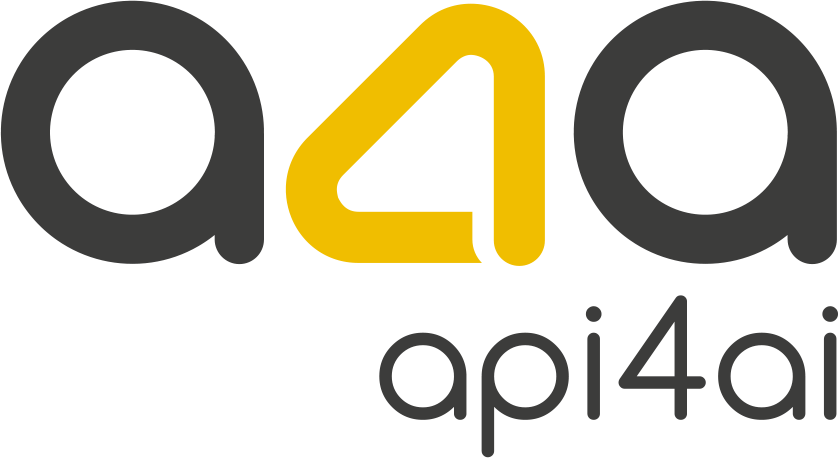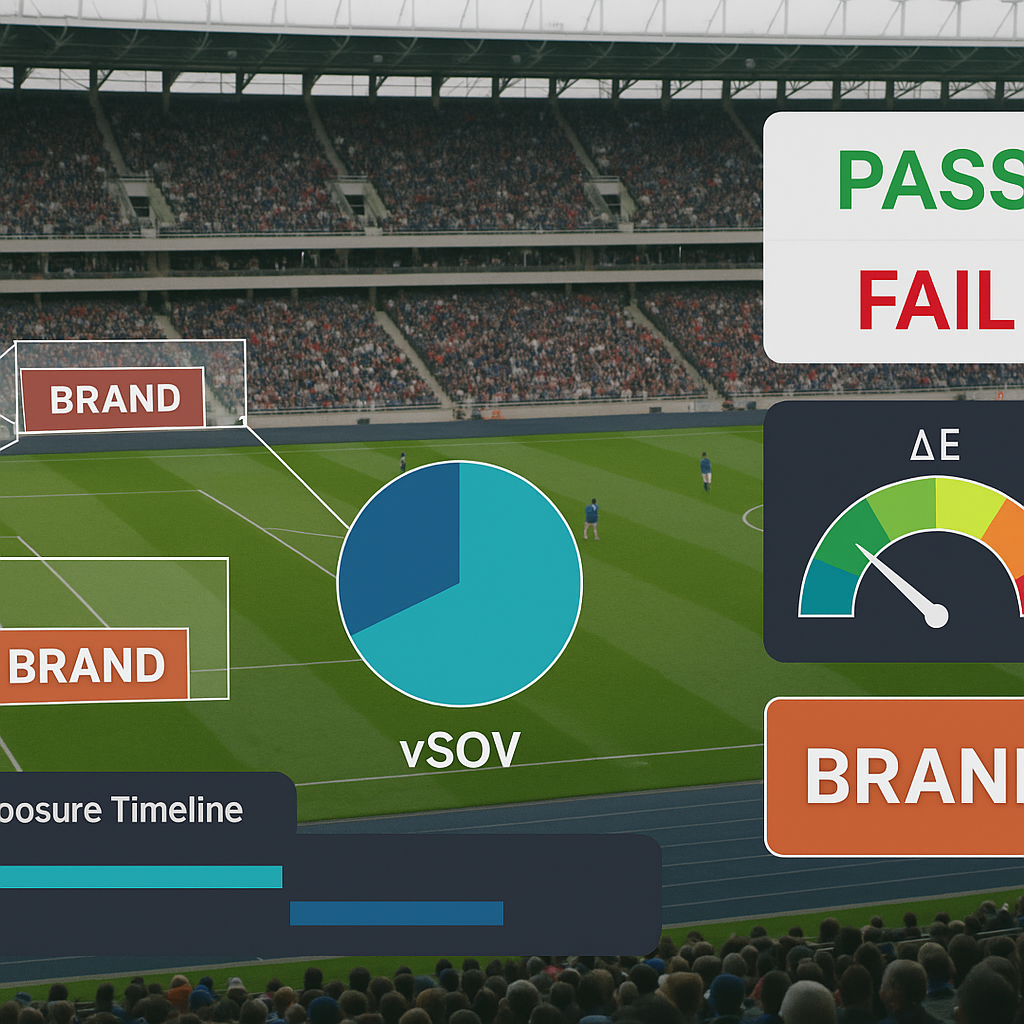
Contract Compliance Bot: Logo Specs vs. Reality
Sponsorship contracts don’t buy “exposure” in general — they buy specific, measurable delivery: a logo must be on screen for a minimum number of seconds, occupy a defined share of the frame, appear in the correct brand color, and stay within approved zones. The problem is that these requirements are often verified manually, leading to disputes, delayed invoices, and margin leakage.
A Contract Compliance Bot changes that. By detecting logos, measuring size and placement, checking color fidelity, and accruing duration automatically, it issues a clause-by-clause pass/fail report before invoices are released. The result: fewer make-goods, faster cash collection, and auditable evidence packs that sponsors and finance teams can trust.
For executives, the takeaway is clear: treat compliance as revenue assurance. With the right mix of ready-to-use APIs (logo recognition, OCR, anonymization) and tailored rule engines, you can make compliance a real-time capability that protects today’s margin and strengthens tomorrow’s renewals.

Calculating Exposure Score: Size Meets Clarity
In today’s high-stakes world of sports and entertainment sponsorship, not all on-screen logos are created equal. As global spend on brand exposure nears $190 billion, the old metrics — raw “seconds on screen” or impression counts — no longer satisfy the boardroom. Forward-looking executives are demanding a new standard: Exposure Score. This AI-powered metric weights not just how long a logo appears, but how large, where, and how clearly. The result? A precise, auditable KPI that transforms fleeting pixels into bottom-line value, helping CEOs, CFOs, and CMOs maximize every sponsorship dollar, justify negotiations, and outpace the competition. Discover how next-generation algorithms are redefining sponsorship ROI — and why those who adopt early will lead the next decade of brand visibility.
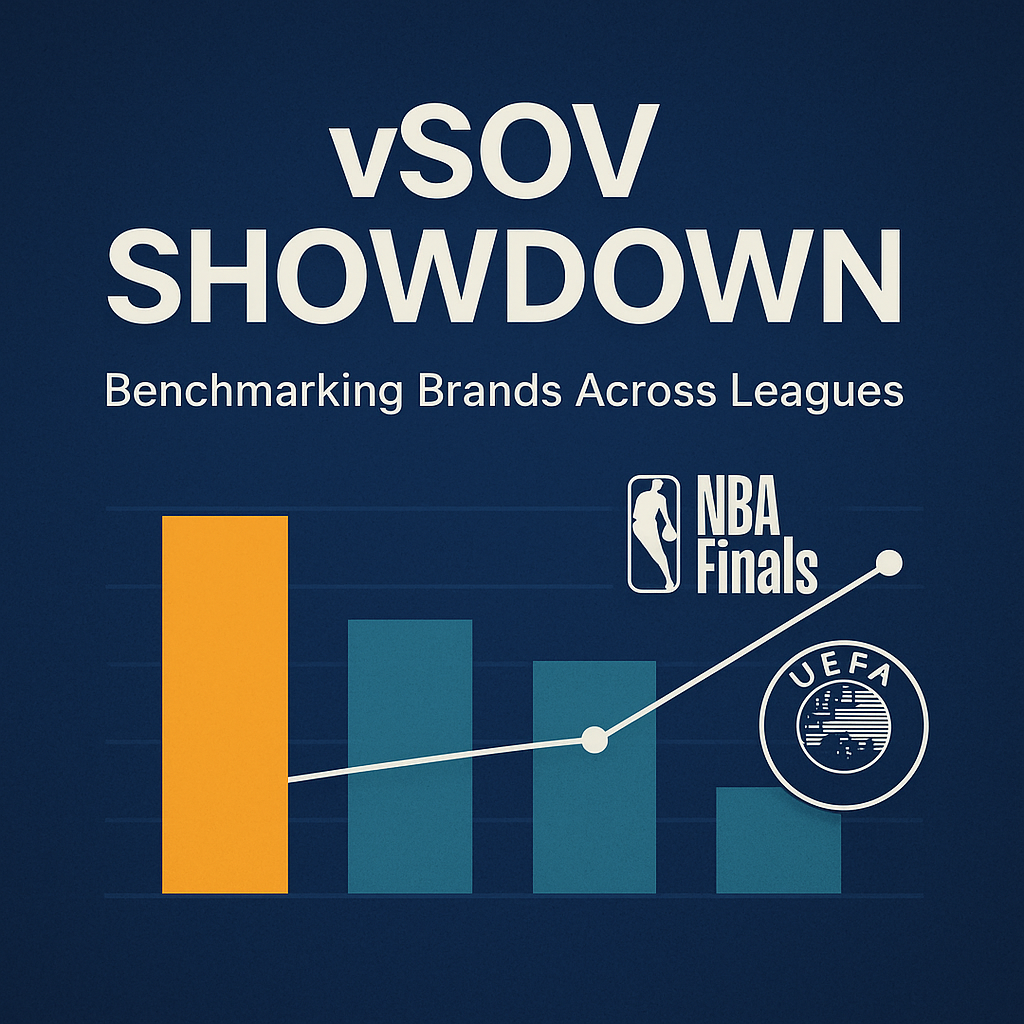
vSOV Showdown: Benchmarking Brands Across Leagues
In today’s sponsorship economy, logos are more than just symbols on jerseys or billboards — they are measurable assets that can make or break multimillion-dollar deals. The challenge? Traditional metrics like “exposure seconds” don’t tell the full story. A logo on the NBA Finals broadcast isn’t directly comparable to one on a UEFA Champions League pitch. Without normalization, executives risk comparing apples to oranges, leading to costly misallocations.
This post explores how normalized Visual Share of Voice (vSOV) transforms sponsorship reporting from raw screen time into a reliable, cross-league benchmark. By applying AI-powered computer vision, audience weighting, and context-based scoring, marketers can finally measure sponsorship ROI with the same rigor as financial investments. For CMOs, CFOs, and CEOs alike, normalized vSOV is emerging as the new currency of global sports sponsorship — turning brand visibility into a strategic advantage.
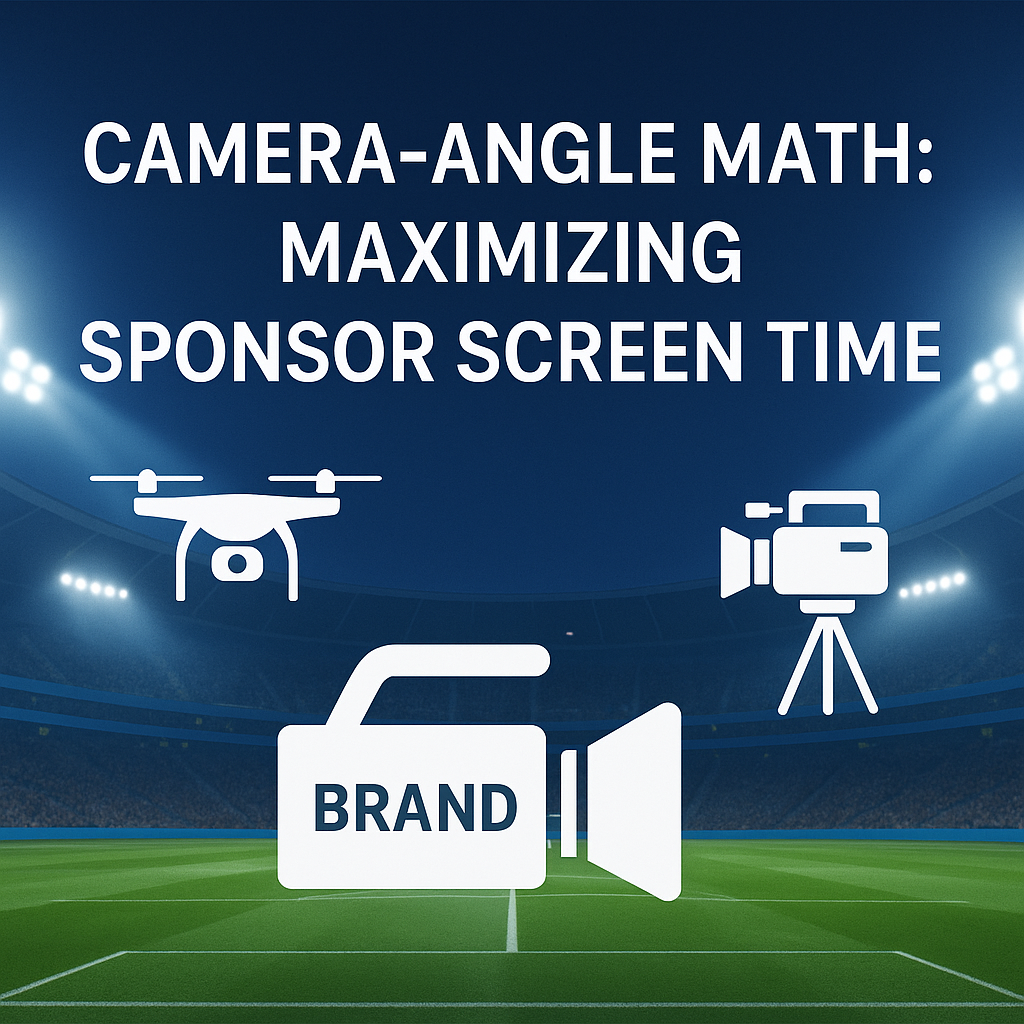
Camera-Angle Math: Maximizing Sponsor Screen Time
In modern sports sponsorship, visibility is no longer guaranteed by logo placement alone — it’s dictated by camera angles. A logo that dominates the main broadcast may vanish in drone shots or sideline replays, leaving millions in potential value unseen. To solve this, forward-looking sponsors and rights-holders are turning to multi-feed video stitching and AI-powered analytics that measure exposure across every angle and platform. By tallying true screen time, share of voice, and exposure clarity, executives gain auditable metrics that transform negotiations, justify ROI, and protect brand integrity. The future of sponsorship valuation is clear: camera-angle math is now boardroom math.
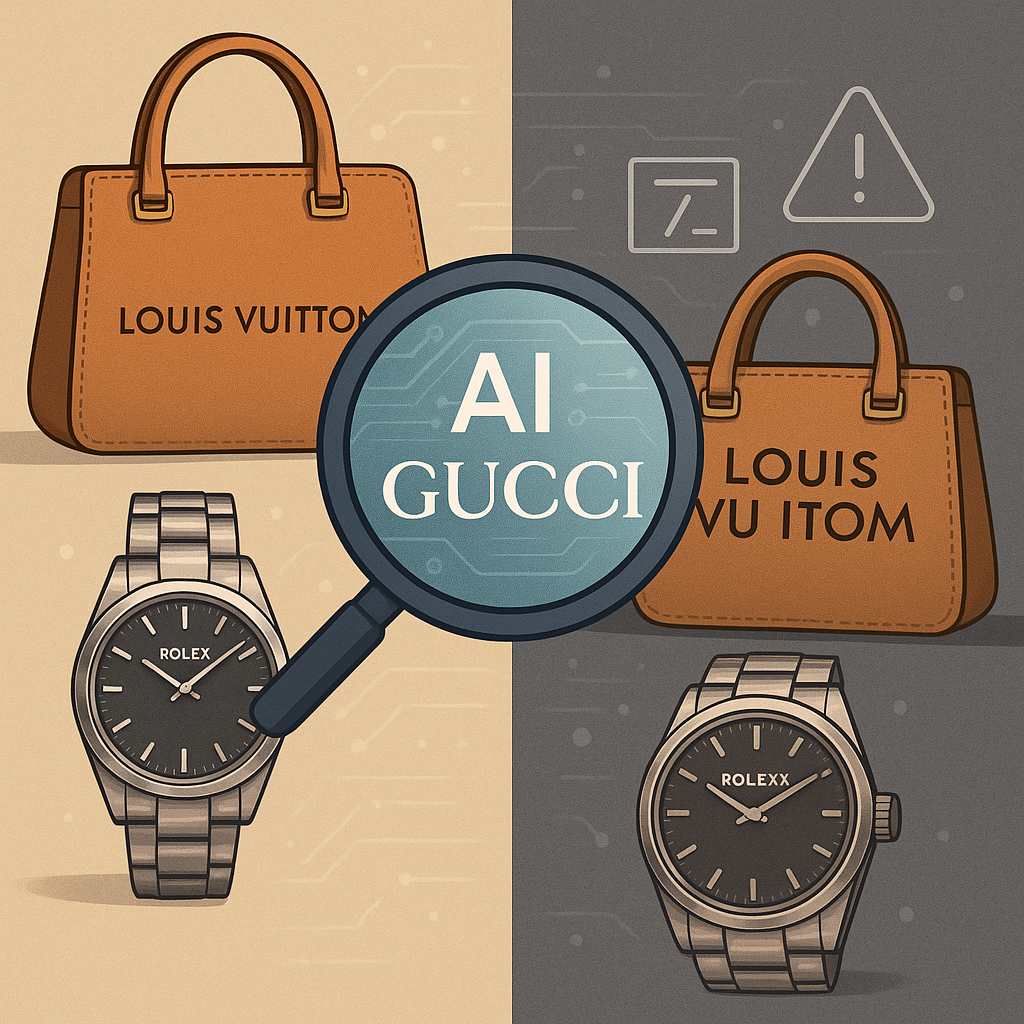
Counterfeit Watchdogs: Logo Forensics on Resale Sites
In the fast-growing world of luxury resale, every product photo is a new battleground for trust. As peer-to-peer marketplaces surge, counterfeiters are matching pace — deploying ever-more sophisticated fakes that slip past human moderation and threaten brand equity at scale. For C-level leaders, this is no longer just a compliance challenge but a strategic imperative. Today, automated logo forensics powered by AI is emerging as the frontline defense, delivering sub-second authenticity checks that outpace fraudsters, protect revenue, and fortify consumer confidence. This post explores how advanced image recognition—integrated seamlessly into listing workflows — can transform counterfeit risk from a persistent liability into a source of competitive advantage for brands and platforms alike.

Eye-Level Wins: Optimizing Retail Endcap Logos
In retail, what happens at eye level doesn’t just influence what shoppers buy — it shapes the entire P&L. Shelf studies reveal that products placed in the shopper’s direct line of sight attract 35% more attention and drive significant sales lifts. Yet many brands still struggle to see, let alone optimize, what’s really happening across thousands of stores. Today, AI-powered computer vision is rewriting the rules, turning ordinary aisle photos into boardroom KPIs. C-level executives can now benchmark, measure, and improve shelf performance at unprecedented speed and scale — transforming logo placement from a merchandising guess into a strategic, profit-driving advantage. This post explores how next-generation shelf analytics are empowering decision-makers to win the battle for attention, maximize ROI, and drive sustainable growth by keeping their brands always in the shopper’s gaze.
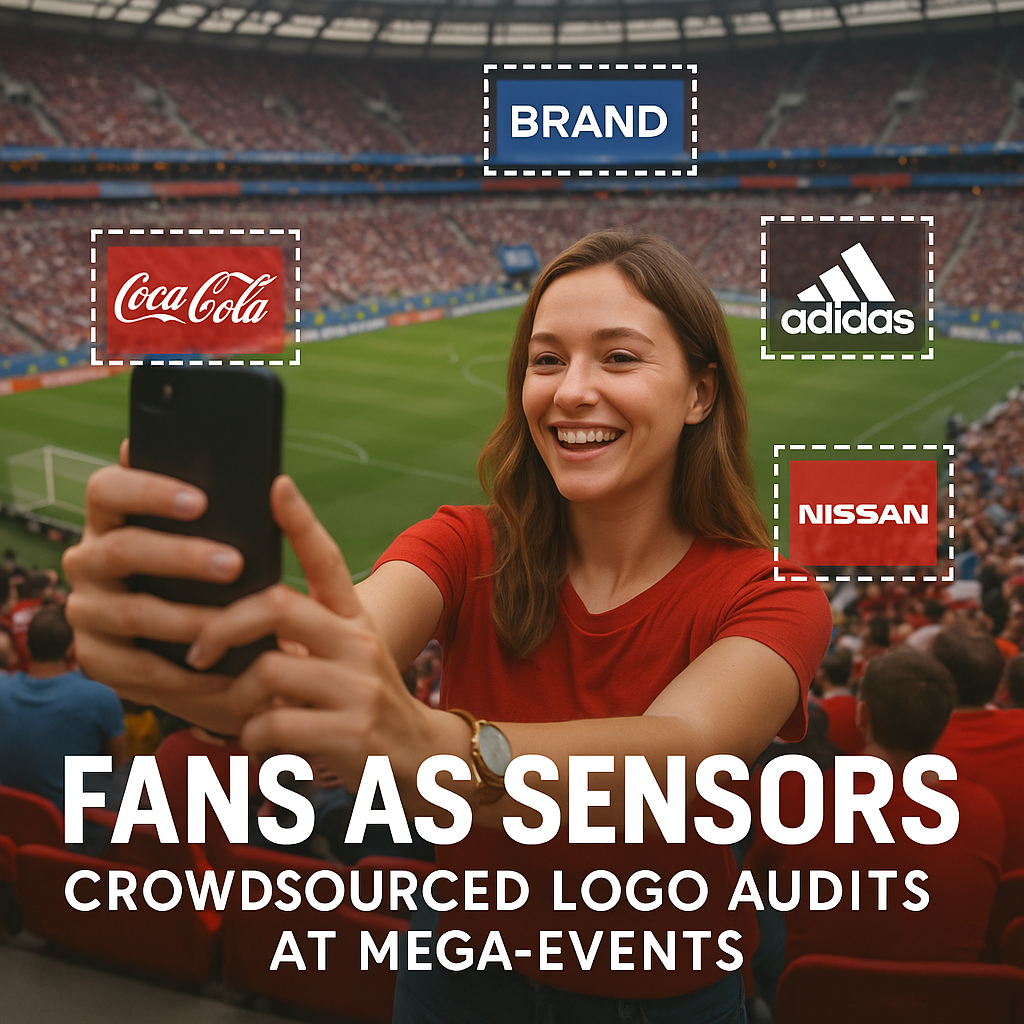
Fans as Sensors: Crowdsourced Logo Audits at Mega-Events
At today’s mega-events, every fan with a smartphone becomes a roaming camera, capturing the true story of brand visibility from thousands of unique angles. Instead of relying solely on official broadcast feeds, forward-thinking organizations are now leveraging crowdsourced selfies and social media posts to power near-real-time sponsor exposure analytics. With advanced image recognition APIs, these organic fan photos are instantly transformed into actionable dashboards, giving rights-holders and sponsors unprecedented insights, complete venue coverage, and new tools for ROI-driven decision making — no extra infrastructure required. Discover how turning crowd pixels into KPIs is reshaping sponsorship strategy and unlocking the next wave of value from live event audiences.
Eco-Logos Under the Lens: Tracking Sustainability Badges
Sustainability badges and eco-logos are rapidly reshaping the business landscape, moving from simple marketing visuals to powerful, auditable assets for brand trust and compliance. As green seals and recycled icons multiply across campaigns, executives face new pressures to verify authenticity, manage regulatory risk, and quantify the true impact of their sustainability storytelling. This article explores how automated logo recognition technologies are transforming every “green” pixel into board-ready metrics—empowering brands to track, benchmark, and defend their environmental commitments with unprecedented precision. For C-level leaders, mastering this new era of visual ESG proof points isn’t just about reputation — it’s about securing long-term value and staying ahead of the competition.
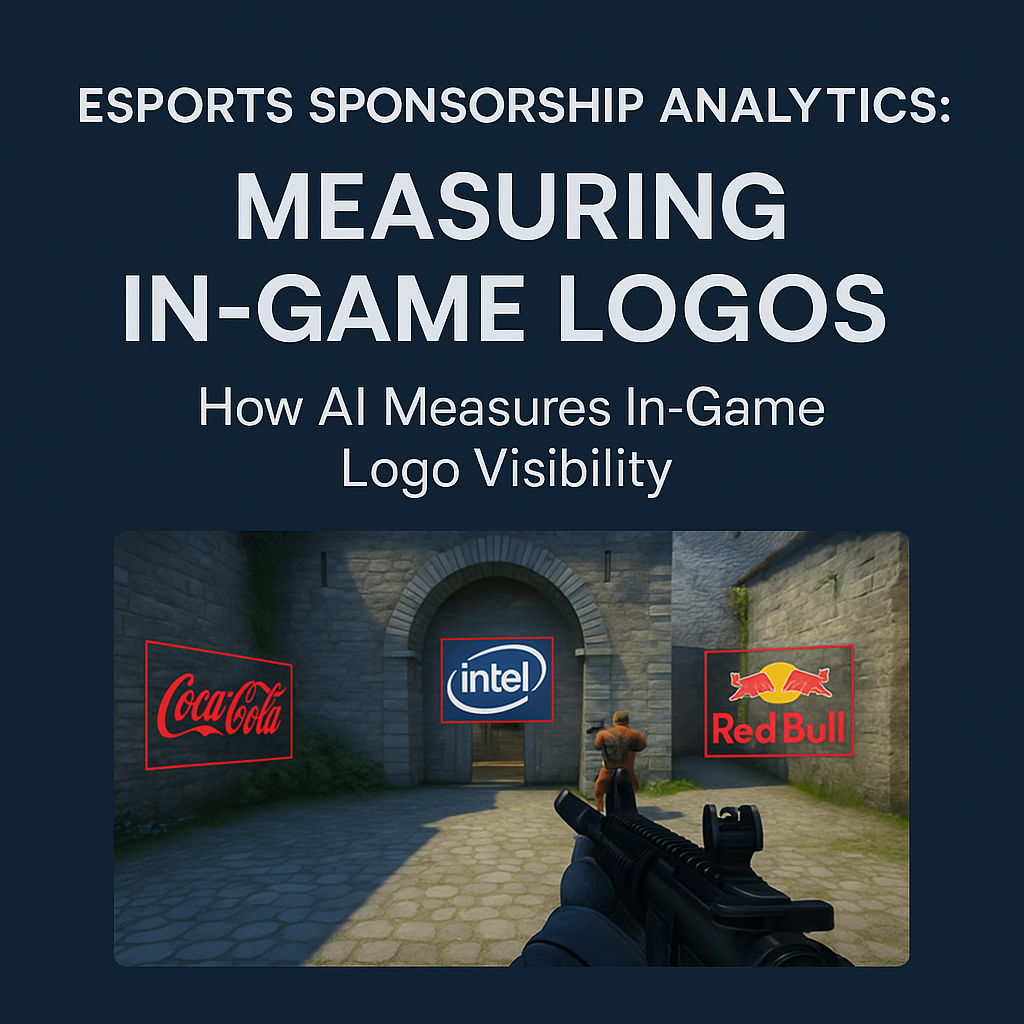
Esports Sponsorship Analytics: Measuring In-Game Logos
Esports has become one of the fastest-growing sponsorship arenas, attracting global brands eager to reach digital-first audiences. But unlike traditional sports, where pitch-side ads and jersey logos are easy to track, esports sponsorship exposure happens inside games, streams, and overlays — making it harder to measure and prove ROI. This blog explores how AI-powered logo detection is transforming esports sponsorship analytics, enabling executives to quantify brand visibility with the same rigor applied to stadium advertising. The result: data-driven sponsorships, transparent ROI, and a clear competitive edge in the world’s most dynamic digital arena.

Heatmaps and Timelines: Rethinking Sponsorship Reports
Traditional sponsorship reports reduce brand exposure to broad numbers — impressions, estimated reach, average screen time. But executives know these metrics miss what truly matters: where and when the logo appeared. Was it front and center during a decisive play, or lost in the background when attention was low?
New AI-powered tools such as heatmaps, exposure curves, and second-by-second timelines are transforming sponsorship analysis. They provide a visual, contextual understanding of brand visibility, enabling marketers to benchmark campaigns, optimize placement strategies, and align exposure with the moments that capture maximum audience attention.
For C-level leaders, this shift turns sponsorship from a cost to be justified into a measurable, optimizable asset that drives brand equity and competitive advantage.
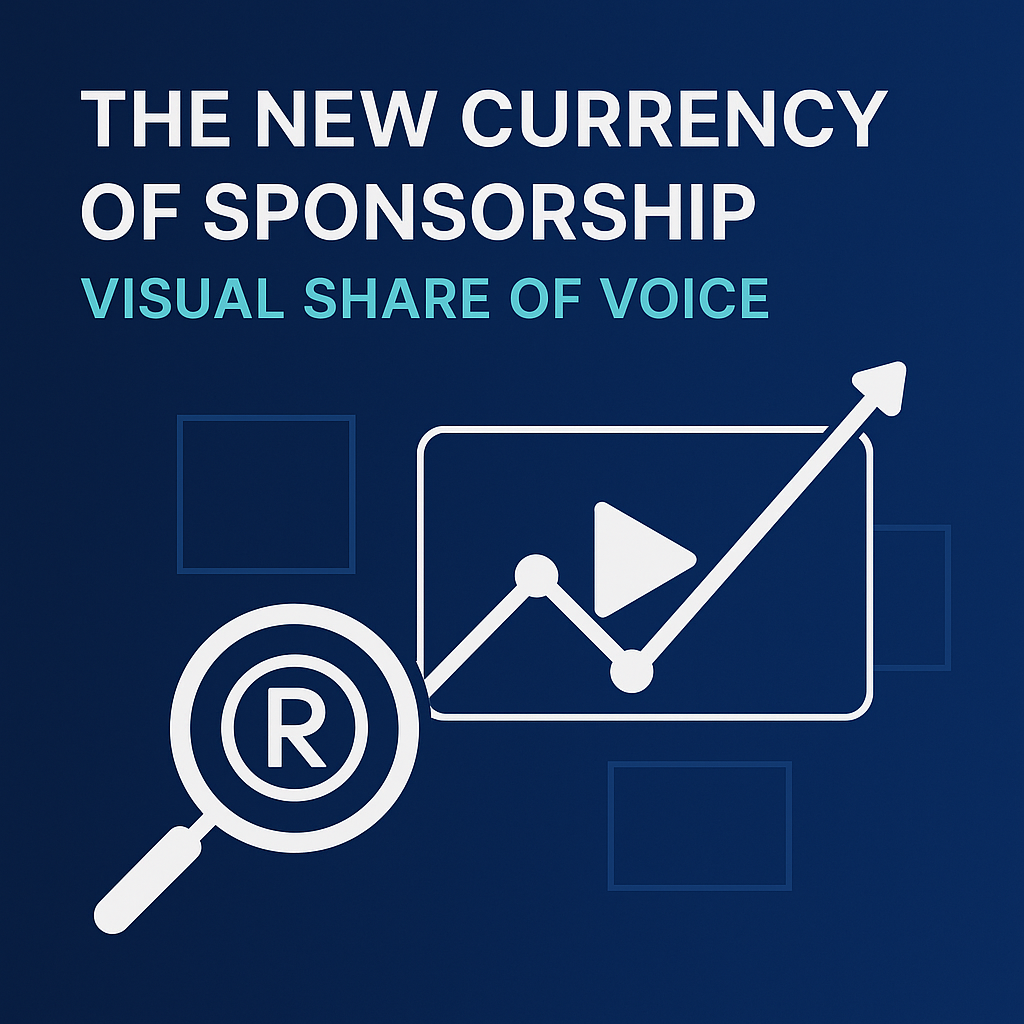
The New Currency of Sponsorship: Visual Share of Voice
Traditional sponsorship metrics have long relied on impressions — estimates of how many people might have seen a logo or brand placement. But in today’s environment, where sponsorship deals run into the millions, impressions fall short of proving real impact. Executives need stronger, defensible evidence of brand visibility and dominance.
This is where visual share of voice (vSOV) comes in. vSOV measures the actual proportion of screen time a brand commands during live sports, esports, or entertainment events. It shifts the conversation from hypothetical reach to measurable attention, showing not just whether a brand was present, but whether it was truly seen and remembered.
Powered by computer vision and AI, vSOV provides executives with the clarity to optimize sponsorship investments, negotiate from a position of strength, and benchmark performance against competitors. In a world where attention is the new currency, vSOV is becoming the definitive metric for sponsorship ROI and brand leadership.
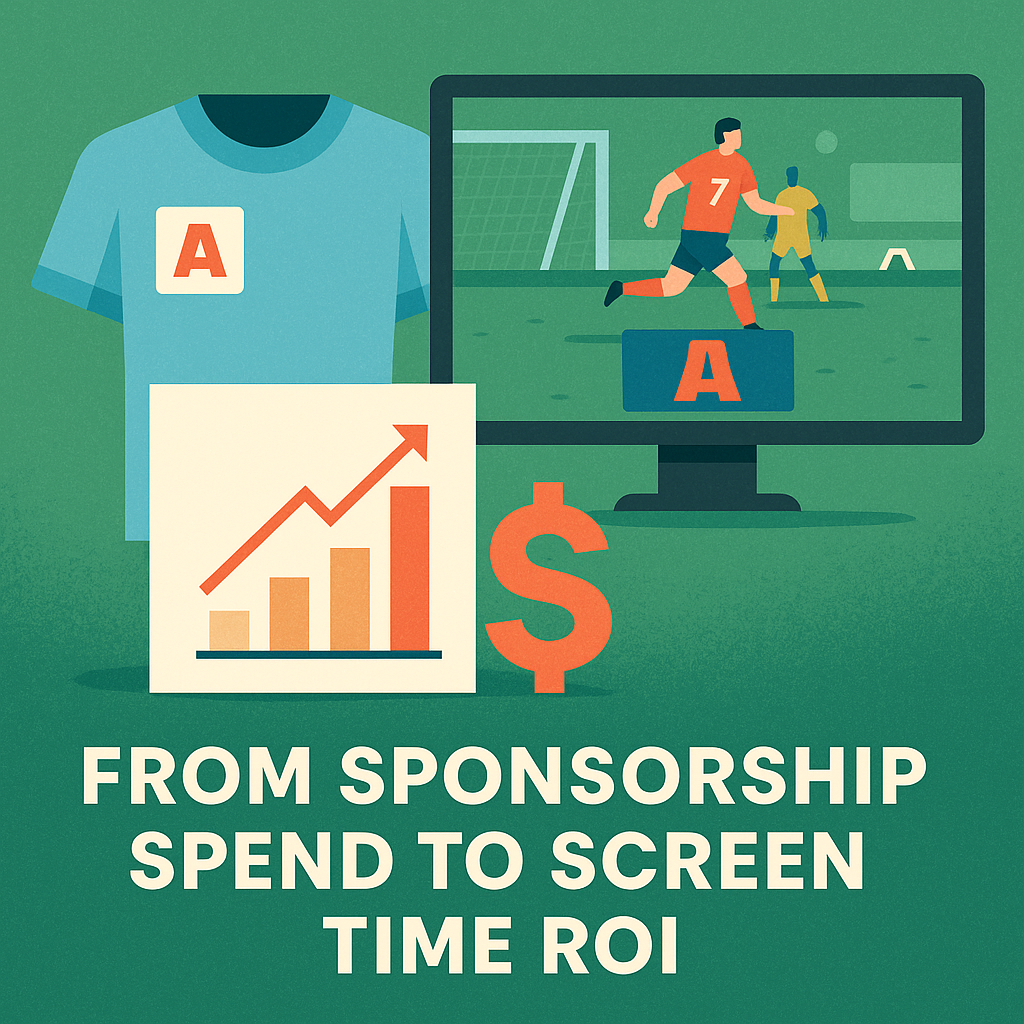
From Sponsorship Spend to Screen Time ROI
Global brands pour billions into sports sponsorships, product placements, and broadcast signage — but too often rely on vague estimates to measure success. Traditional reporting offers little clarity on how much visibility a brand actually earns on screen. This post explores how AI-powered video analytics transforms sponsorship measurement, delivering precise metrics like screen time and visual share of voice. For executives, the shift from assumption to accountability unlocks smarter budget allocation, stronger negotiation leverage, and a sustainable competitive advantage in the sponsorship marketplace.
ROI Tracking Gets Visual: Logo Exposure Metrics
Marketing is under increasing pressure to prove tangible returns. Traditional metrics like reach or impressions may look impressive, but they don’t reveal whether audiences actually noticed your brand. The new frontier is logo exposure metrics — tracking how long and how prominently a logo is seen across broadcasts, streams, and digital platforms. By shifting from vanity numbers to attention-based measurement, executives can finally quantify brand visibility in financial terms. With AI-powered tools like logo recognition APIs, exposure can be measured at scale, transforming sponsorships and media placements into accountable, revenue-driving assets.

Beyond Mentions: Measuring Visual Brand Presence in UGC
User-generated content delivers up to 8.7× more engagement than branded posts, yet most of these moments remain invisible in executive dashboards. Why? Because logos and products often appear in photos and videos without a single tag or mention. Traditional monitoring misses these silent exposures, undervaluing true brand reach and ROI.
The next frontier is visual brand detection — AI-powered technology that identifies logos and branded elements in UGC, sponsorship footage, and influencer content. For C-level leaders, this means finally capturing the full spectrum of brand presence, strengthening negotiations, optimizing marketing spend, and ensuring investments are tied to their real impact.
In a marketplace dominated by visual platforms like TikTok, Instagram, and YouTube, seeing the whole picture is no longer optional — it is a strategic imperative.
Tracking Brand Mentions in Fan Photography
In stadiums, arenas, and concert halls, the real reach of sponsorships is often captured by the crowd, not the official camera crew. Fan-shot images circulate instantly through social media, private groups, and niche communities — carrying brand logos into spaces traditional tracking never measures. By applying AI-powered visual recognition to this organic content, sponsors can uncover hidden impressions, quantify post-event visual reach, and gain a competitive edge in negotiations. In an era where authenticity drives engagement, fan photography isn’t just a byproduct of events — it’s a strategic data source that can transform sponsorship ROI.
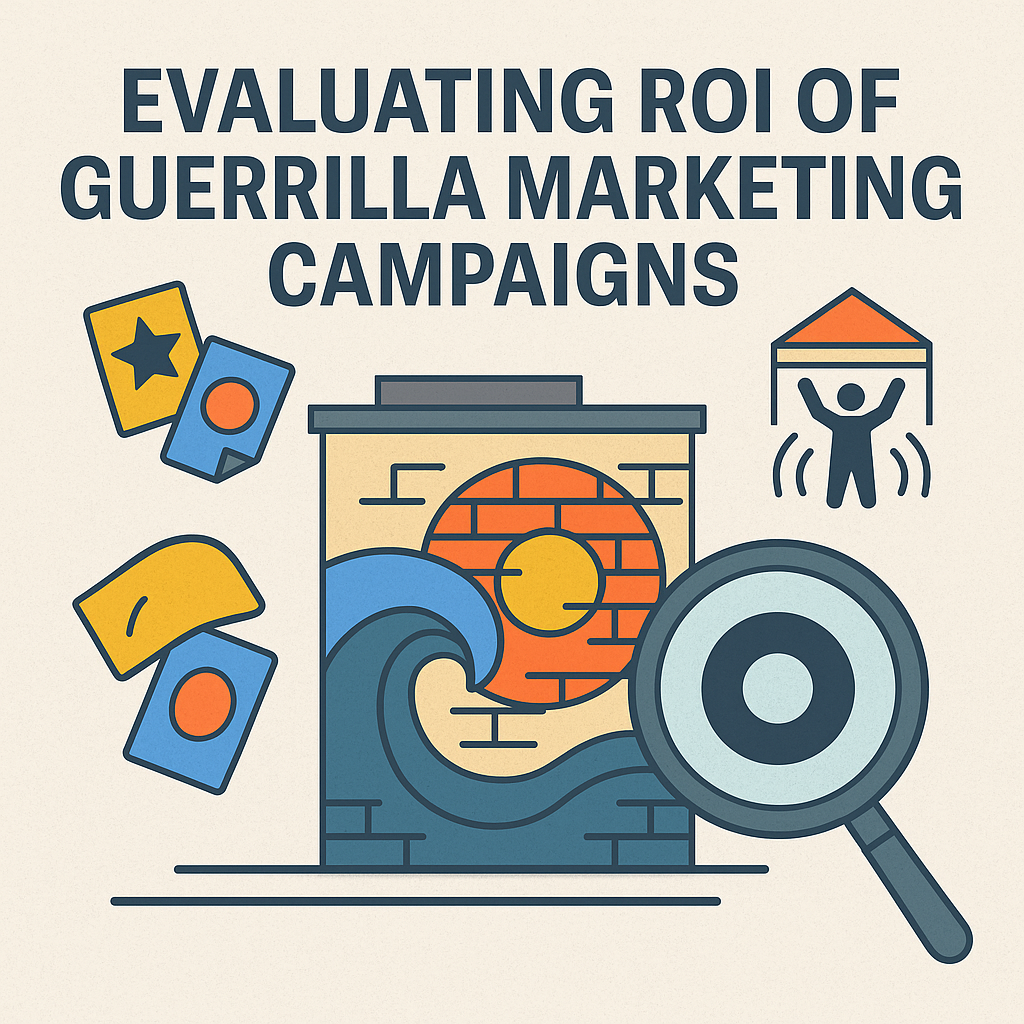
Evaluating ROI of Guerrilla Marketing Campaigns
Guerrilla marketing can grab headlines and capture imaginations — but without hard data, its true impact often goes unrecognized. From murals to sticker campaigns, street-level activations leave a rich trail of public imagery that, with AI-powered logo recognition, can be transformed into measurable ROI. By analyzing user-generated content and local media photos, brands can quantify earned impressions, track geographic spread, and identify the creative elements that resonate most. The result: unconventional campaigns that not only turn heads but also earn their place in the budget.
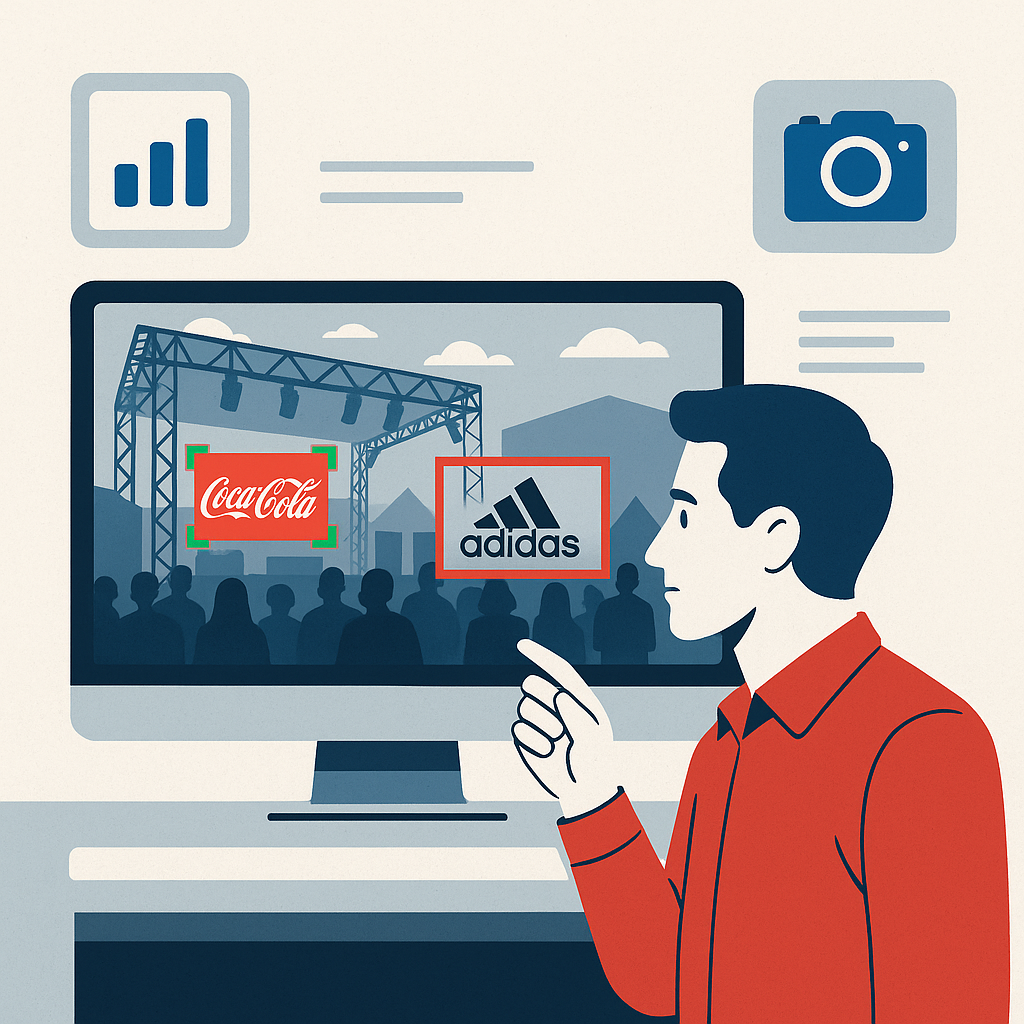
Analyzing Competitor Presence in Event Footage
In the crowded arena of trade shows, festivals, and corporate events, every logo in a photo or livestream is a silent competitor for audience attention. While traditional metrics capture mentions and clicks, they often miss the real battleground — the share of visual attention. Advances in AI-powered brand recognition now make it possible to track, quantify, and compare how often your competitors’ logos appear alongside yours, turning event footage into actionable competitive intelligence. The brands that measure and act on these insights will secure more than just presence — they’ll dominate the frame.

Omnichannel Consistency: Web, App, Print—Same Look
Omnichannel consistency doesn’t require more meetings — it requires a better operating model. This post shows how a single, approved master image can become every downstream asset — thumbnails, hero banners, app tiles, partner feeds, and print-ready brochures — with zero manual retouching. By encoding brand rules into templates and enforcing them with vision APIs (background removal, focal guidance, logo/brand checks, OCR for legibility, NSFW and privacy controls), companies get the same look everywhere while cutting cycle time and rework.
For executives, the outcomes are concrete: faster time-to-publish, fewer sales–design revisions, a flatter cost curve per 1,000 assets, and built-in compliance for regulated categories. Practical examples include automotive imagery standardized via a Car Image Background Removal API, then auto-rendered across web, app, and print. You’ll get a plain-English pipeline map, a KPI scorecard to prove ROI, and a clear build-buy-blend decision framework — leveraging ready-to-go image processing APIs (e.g., Background Removal, OCR, Brand/Logo Recognition, Image Anonymization) and adding custom development only where it moves the numbers. Start with a 30-day pilot; scale once the metrics speak.

Brand Safety for UGC: Blocking Unwanted Associations
In today’s image-first digital world, a single user-generated meme can thrust a respected brand into controversy overnight. As billions of images and videos flood platforms daily, logos are increasingly misused — paired with hate speech, deepfakes, or explicit content. For C-level leaders, this poses a high-speed reputational risk that demands real-time, automated action. This post explores how AI-powered logo recognition, context-aware moderation, and scalable visual intelligence are helping platforms and brand owners protect their reputation, satisfy regulators, and unlock new business value — before harmful content goes viral.
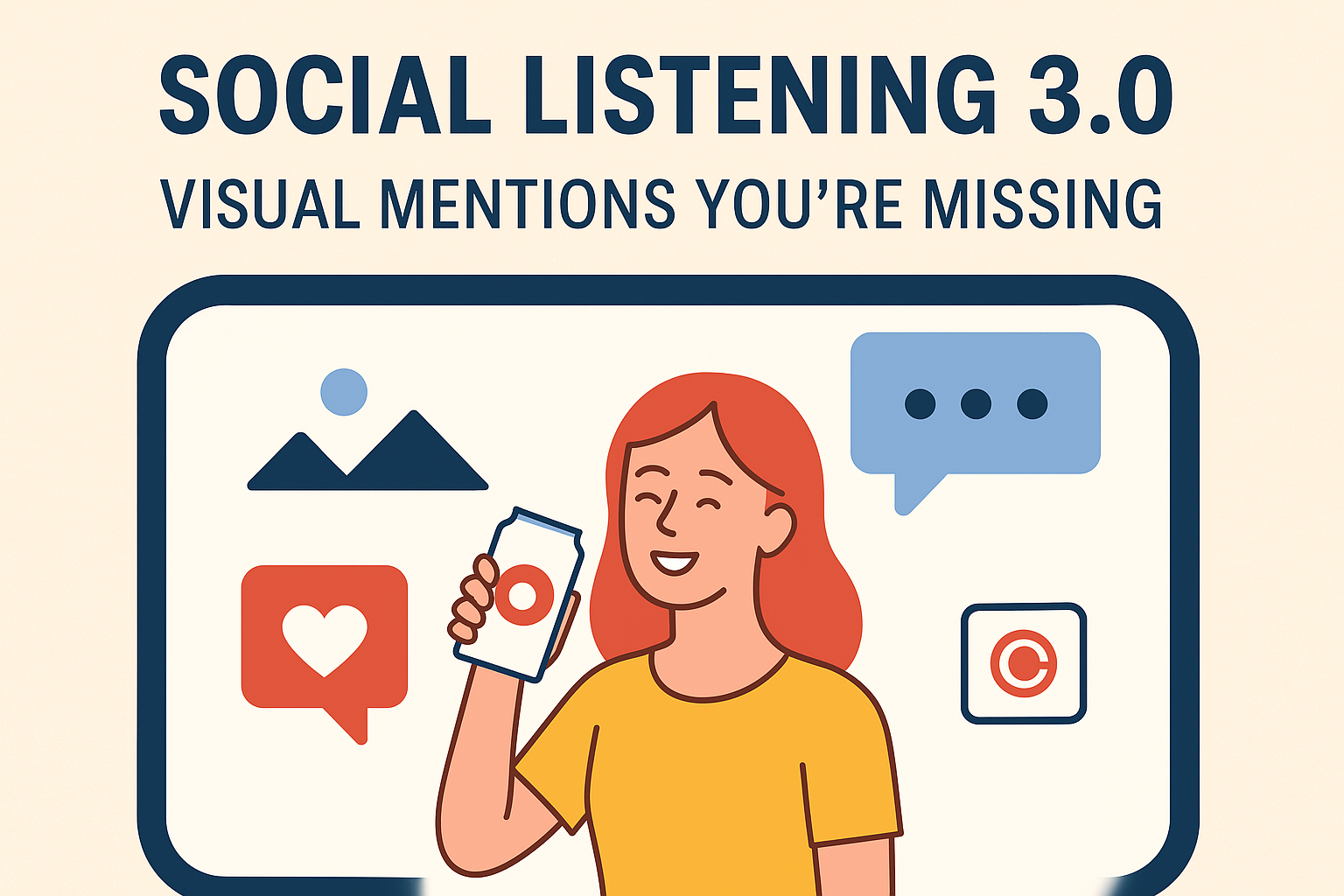
Social Listening 3.0: Visual Mentions You’re Missing
Text-based social listening tools miss up to 70% of brand mentions that appear only in user-generated images—unlabeled, untagged, and unseen. In this post, we explore how visual social listening is closing that gap using AI-powered logo and product recognition, enabling executives to surface hidden customer sentiment, detect risks earlier, and unlock a new layer of competitive intelligence from the content users don’t talk about — but show.
